Description
Are you looking for thematic reviews for the U.S. History STAAR Test? Do you want to cover decades of content in a short amount of time? Examine the impact of slavery on the United States throughout the eras. Students will be placed into groups of three and given a two-page reading reviewing the history of slavery. They will then be given image cards to represent different key events in U.S. History that are impacted by slavery. Students will be asked to use the manipulatives to create a time line, sort into categories, and create cause and effect relationships as they are asked a series of review questions. This resource will help your students practice valuable skills as they review the content!
With this resource, you will receive:
– A two-page reading on the history of slavery in the United States, from the beginning with the Transatlantic Slave Trade, to the end with the events of Reconstruction, and
– 20 image cards representing key events of the history of slavery to manipulate. Students will arrange the cards to answer the questions you ask, and
–Directions for the activity, and for students to manipulate the cards.
(1) History. The student understands traditional historical points of reference in U.S. history through 1877. The student is expected to:
(A) identify the major eras in U.S. history through 1877, including colonization, revolution, creation and ratification of the Constitution, early republic, the Age of Jackson, westward expansion, reform movements, sectionalism, Civil War, and Reconstruction, and describe their causes and effects; and
(4) History. The student understands significant political and economic issues of the revolutionary and Constitutional eras. The student is expected to:
(D) analyze the issues of the Constitutional Convention of 1787, including the Great Compromise and the Three-Fifths Compromise.
(6) History. The student understands westward expansion and its effects on the political, economic, and social development of the nation. The student is expected to:
(A) explain how the Northwest Ordinance established principles and procedures for orderly expansion of the United States;
(B) analyze the westward growth of the nation, including the Louisiana Purchase and Manifest Destiny; and
(C) explain the causes and effects of the U.S.-Mexican War and their impact on the United States.
(7) History. The student understands how political, economic, and social factors led to the growth of sectionalism and the Civil War. The student is expected to:
(A) analyze the impact of tariff policies on sections of the United States before the Civil War;
(B) compare the effects of political, economic, and social factors on slaves and free blacks;
(C) analyze the impact of slavery on different sections of the United States; and (D) identify the provisions and compare the effects of congressional conflicts and compromises prior to the Civil War, including the role of John Quincy Adams.
(8) History. The student understands individuals, issues, and events of the Civil War. The student is expected to:
(B) explain the central role of the expansion of slavery in causing sectionalism, disagreement over states’ rights, and the Civil War;
(9) History. The student understands the effects of Reconstruction on the political, economic, and social life of the nation. The student is expected to:
(C) explain the economic, political, and social problems during Reconstruction and evaluate their impact on different groups.
(12) Economics. The student understands why various sections of the United States developed different patterns of economic activity through 1877. The student is expected to:
(B) explain reasons for the development of the plantation system, the transatlantic slave trade, and the spread of slavery; and
(16) Government. The student understands the purpose of changing the U.S. Constitution and the impact of amendments on American society. The student is expected to:
(B) describe the impact of the 13th, 14th, and 15th amendments.
(18) Government. The student understands the impact of landmark Supreme Court cases. The student is expected to:
(C) evaluate the impact of landmark Supreme Court decision Dred Scott v. Sandford on life in the United States.
(21) Citizenship. The student understands the importance of the expression of different points of view in a constitutional republic. The student is expected to: (C) summarize historical events in which compromise resulted in a resolution such as the Missouri Compromise, the Compromise of 1850, and Kansas-Nebraska Act.
(22) Citizenship. The student understands the importance of effective leadership in a constitutional republic. The student is expected to:
(B) describe the contributions of significant political, social, and military leaders of the United States such as Frederick Douglass, John Paul Jones, Susan B. Anthony, and Elizabeth Cady Stanton
(24) Culture. The student understands the major reform movements of the 19th century. The student is expected to:
(A) describe and evaluate the historical development of the abolitionist movement;
(29) Social studies skills. The student applies critical-thinking skills to organize and use information acquired through established research methodologies from a variety of valid sources, including technology. The student is expected to:
(A) differentiate between, locate, and use valid primary and secondary sources such as media and news services, biographies, interviews, and artifacts to acquire information about the United States;
(B) analyze information by applying absolute and relative chronology through sequencing, categorizing, identifying cause-and-effect relationships, comparing, contrasting, finding the main idea, summarizing, making generalizations and predictions, and drawing inferences and conclusions; (C) organize and interpret information from outlines, reports, databases, and visuals, including graphs, charts, timelines, and maps;
(G) create a visual representation of historical information such as thematic maps, graphs, and charts representing various aspects of the United States;
*****************************************************************************
©Social Studies Success. This purchase is for you and your classroom. Duplication for an entire school, an entire school system, or for commercial purposes is strictly forbidden. Please have other teachers purchase their own copy. If you are a school or district interested in purchasing several licenses, please contact me for a district-wide quote.
Only logged in customers who have purchased this product may leave a review.







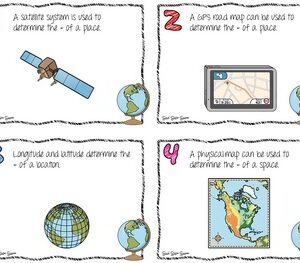
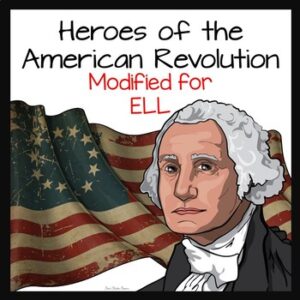
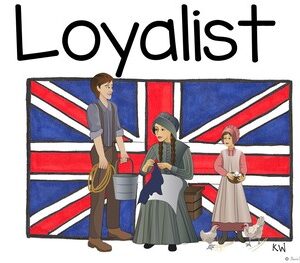
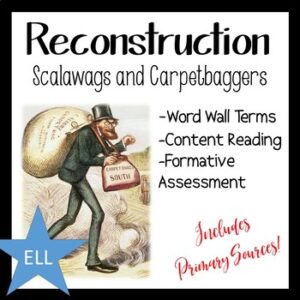
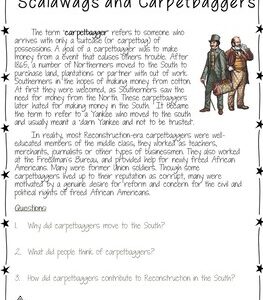
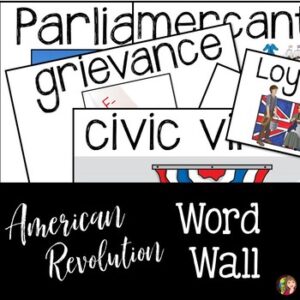
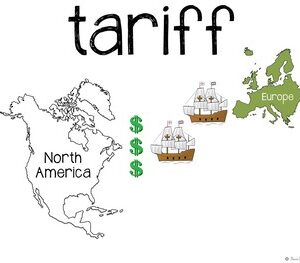

Reviews
There are no reviews yet.